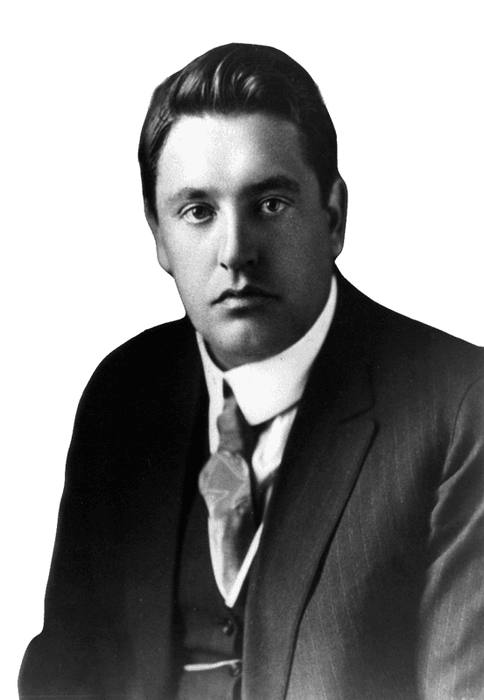The Old House Guitar Chords Sheet Music And Lyrics
An Irish song, recorded by John McCormack who covered the famous Dawning Of The Day [ lyrics and chords ] and later by John McDermott who's the singer in the youtube video, Anthony Kearns, The Holohan Sisters and Daniel O'Donnell. Written by Fred O'Connor who was brought up at Baltrasna House, near Oldcastle. For John McDermott's version use a capo on the 3rd fret and 4th fret for the last verse. Recently recorded by Foster And Allen. The guitar chords are in D and in chordpro. The sheet music is included.
|
[D]Lonely I [A]wander through [D]scenes of my [A]childhood
[D]They call back to me[G]mory those [D]happy days of [A]yore [D]Gone are the [A]old folk the [D]house stands de[A]serted No [D]light in the [G]window no wel[D]come [A]at the [D]door Here's where the children played games on the heather Here's where they sailed their wee boats on the burn Where are they now? Some are dead some have wandered No more to their home shall those children [A]re[D]turn Capo on 4th fret for last verse. Lonely's the house now and lonely the moorland The children are scattered the old folk are gone Why stand I here like a ghost and a shadow? 'Tis time I was movin' 'tis time I passed on |
|
Alternative Chords To The Old House
[G]Lonely I [D]wander through [G]scenes of my [D]childhood
[G]They call back to me[C]mory those [G]happy days of [D]yore
[G]Gone are the [D]old folk the [G]house stands de[D]serted
No [G]light in the [C]window no wel[G]come [D]at the [G]door
[G]Lonely I [D]wander through [G]scenes of my [D]childhood
[G]They call back to me[C]mory those [G]happy days of [D]yore
[G]Gone are the [D]old folk the [G]house stands de[D]serted
No [G]light in the [C]window no wel[G]come [D]at the [G]door






